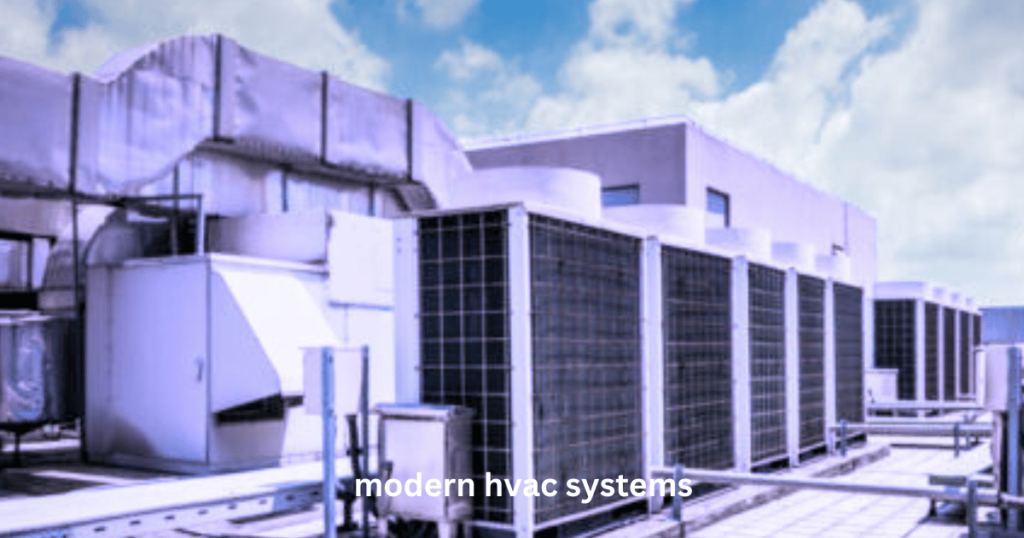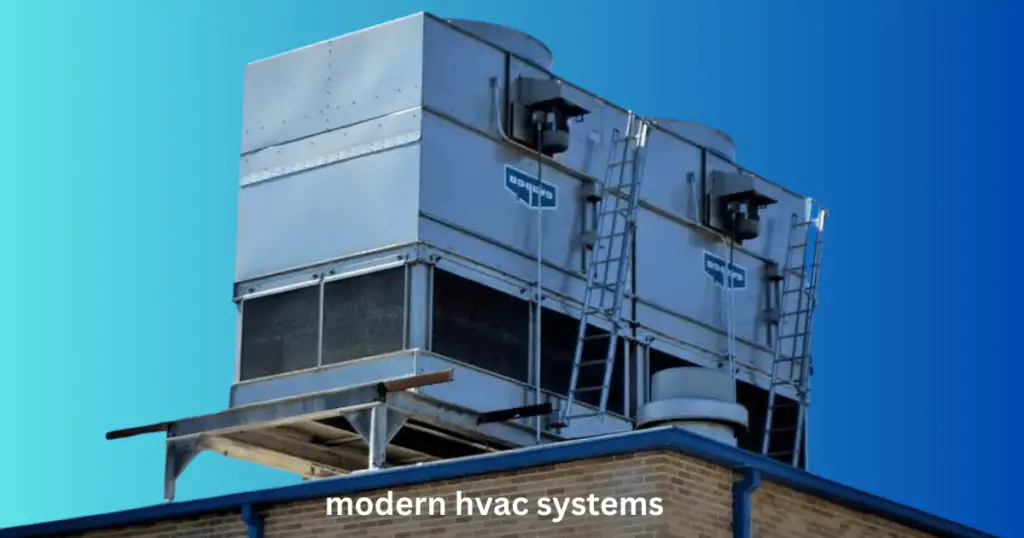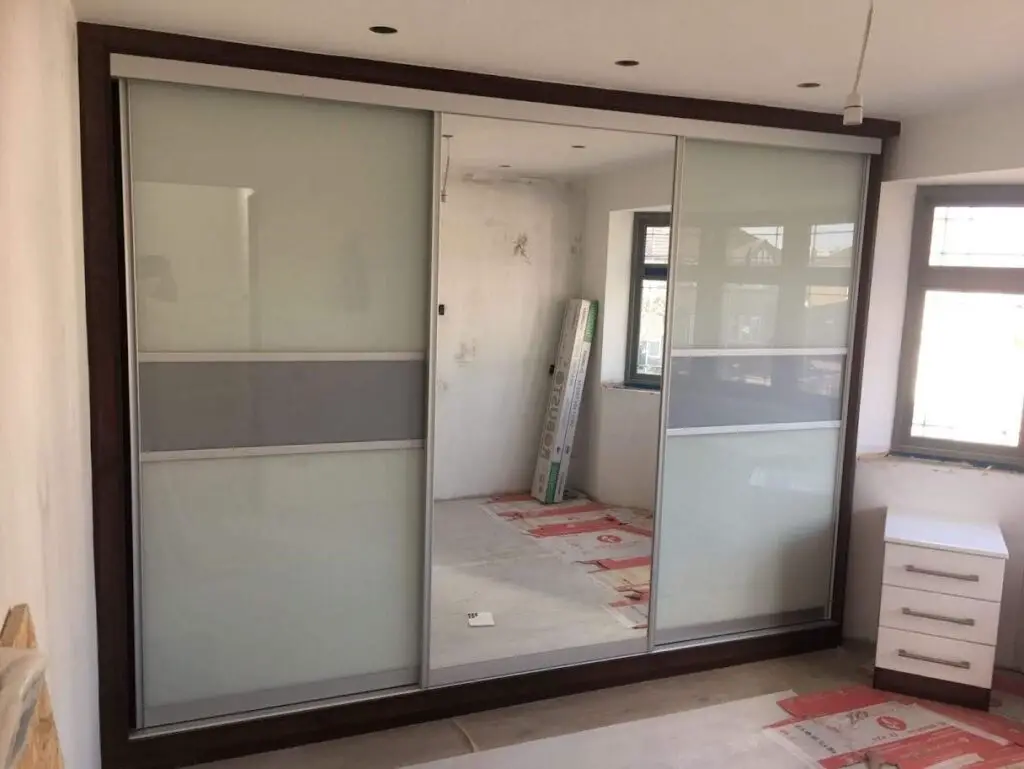Introduction:
HVAC systems have become indispensable to modern living, ensuring comfort in homes and workplaces regardless of the season. These systems, which include heating, ventilation, and air conditioning, are designed to maintain a comfortable indoor environment, adjusting for both the scorching heat of summer and the biting cold of winter.
HVAC systems:
HVAC systems are machines that help control the temperature, air quality, and humidity in homes, offices, and schools. They include air conditioners, heaters, fans, and vents. HVAC systems make indoor spaces comfortable to live and work in by adjusting the air to the right temperature and keeping it clean.
The evolution of HVAC technology
Tracing the history of HVAC technology reveals a fascinating journey of innovation and improvement. Early systems were often inefficient and limited in scope, providing basic heating but with significant energy costs and environmental impact.
As technology progressed, so did the efficiency and functionality of HVAC systems. Advancements in materials, design, and engineering have led to more powerful and environmentally friendly systems, using less energy and reducing emissions.
These technological advancements have profoundly impacted how we live and work. Modern HVAC systems maintain precise temperature control, adapt to changing environmental conditions, and even improve air quality, all while keeping energy consumption to a minimum.
This has enhanced individual comfort and contributed to broader sustainability efforts, helping to reduce the overall environmental footprint of heating and cooling.
Components:
At the heart of any modern HVAC system are its core components: heating, ventilation, and air conditioning. Each plays a vital role in ensuring year-round comfort. The heating component is responsible for warming indoor spaces during cold weather, utilizing technologies ranging from furnaces to heat pumps.
Ventilation ensures a constant supply of fresh air, removing stale indoor air and any pollutants it may contain. Air conditioning, meanwhile, cools and dehumidifies indoor air during warm months, providing relief from heat and humidity.
Understanding how these components work together is key to appreciating the complexity and efficiency of modern HVAC systems. Innovations in each area have contributed to systems that are capable of providing more consistent and comfortable indoor environments than ever before.
Residential types
Split System: Split system consists of two main components: an indoor unit and an outdoor unit. The indoor unit typically contains an air handler, while the outdoor unit houses the heat pump. Split systems are versatile and can be configured with different types of heating and cooling equipment to suit.
Heat Pumps: Heat pumps are HVAC systems that both heat and cool a home by transferring heat between the indoors and outdoors. In the summer, they extract heat from inside the home and release it outside to cool the indoor space.
In the winter, they absorb heat from the outdoor air and transfer it inside to warm the home. Heat pumps are energy-efficient alternatives to traditional heating and cooling systems, particularly in moderate climates.
Ductless Systems: Ductless mini-split systems provide heating and cooling without the need for ductwork. They consist of an outdoor unit connected to one indoor unit mounted on walls.
Each indoor unit is controlled independently, allowing for zone-based temperature control and energy savings by only conditioning occupied spaces. Ductless systems are ideal for homes without existing ductwork or for room additions where extending ducts is impractical.
Air Conditioning: Air conditioning systems are designed to cool indoor spaces by removing heat and humidity from the air. They typically consist of a compressor unit located outside the home and an evaporator coil installed inside.
Refrigerant circulates between the indoor and outdoor units, absorbing heat indoors and releasing it outside. Air conditioning systems are essential for maintaining comfort during hot weather and are often integrated into split systems for residential cooling needs.
Innovations in heating and cooling
Heating and cooling technologies have seen significant innovations in recent years. On the heating side, modern systems are designed to deliver warmth more efficiently, with lower energy use and reduced emissions. Technologies such as radiant heating and geothermal systems offer alternatives to traditional furnaces, providing efficient and consistent heat distribution.

Cooling systems have witnessed significant innovations, aligning with the diverse needs of contemporary spaces. PTAC Units, particularly refurbished PTAC units, have emerged as efficient cooling solutions, perfectly suited for both residential apartments and commercial areas.
These units are especially appreciated for their versatility, ease of installation, and notable energy efficiency.
Choosing refurbished PTAC units offers an additional layer of cost-effectiveness without compromising on performance. Catering to varied climate conditions and specific user preferences, the latest advancements in cooling technologies ensure reliable comfort, proving that effective climate control also be economically viable in demanding circumstances.
Smart HVAC systems
The advent of smart technology has ushered in a new era for HVAC systems. Smart HVAC systems leverage advanced sensors and controls to optimize heating, cooling, and ventilation automatically. These systems adjust to real-time conditions and user preferences, providing unparalleled levels of comfort and efficiency.
By analyzing usage patterns and environmental data, smart HVAC systems minimize energy waste while ensuring that indoor environments remain comfortable at all times.
Related Post: Mitsubishi mini split manual
One of the key benefits of smart HVAC technology is its ability to manage energy consumption proactively. Through programmable thermostats and remote control via smartphones, users tailor their HVAC use to their schedules and preferences, achieving significant energy savings.
Additionally, smart HVAC systems detect issues early, facilitating timely maintenance and preventing more serious problems, further enhancing their efficiency and longevity.
Choosing the Right HVAC System
Selecting the right HVAC system is crucial for ensuring comfort, efficiency, and sustainability. Factors such as the size of the space, climate conditions, and specific user needs must all be considered.
Consulting with HVAC professionals provides valuable insights into the most suitable systems for needs. These experts assess space, recommend appropriate solutions, and ensure that the HVAC system is installed and maintained correctly.
Are new HVAC systems more efficient?
Yes, new HVAC systems are more efficient. Because they’re better at using energy wisely. By these things:
New systems are designed with better insulation to keep the warm or cool air inside.
The parts inside modern HVAC systems are more advanced, so they use less energy to do the same job compared to older systems.
Many new HVAC systems come with energy efficiency ratings. They have smart features that adjust settings automatically based on the time of day.
Conclusion:
Modern HVAC systems offer unparalleled comfort, efficiency, and sustainability. Through technological advancements such as smart integration innovative radiant heating and refurbished PTAC units, these systems provide precise climate control while minimizing environmental impact. Consulting with HVAC professionals ensures the right system choice and proper maintenance, allowing us to enjoy comfort while contributing to a sustainable future.
Faqs:
How do modern HVAC systems work?
We can take more work from modern HVAC systems by changing filters regularly, cleaning vents, and scheduling professional inspections. Also, using programmable thermostats helps to manage energy usage efficiently. It also takes more work to keep doors and windows closed when the system is running.
What HVAC systems are made in the USA?
Yes, there are many HVAC systems made in the USA. Some well-known companies are Carrier, Trane, Lennox, American Standard, and Goodman. These companies manufacture various heating, ventilation, and air conditioning systems designed for homes, offices, and other buildings.


